The long-awaited announcement is finally here! As of December 15th, 2024, the Department of Finance will raise the maximum price limit on CMHC-insured mortgages from $999,999 to $1.5 million. This is a game-changer, especially for homebuyers in Canada’s hottest real estate markets like the GTA and GVA, where skyrocketing prices have made it tough for many first-time buyers to get in the game.
Not only have they hiked the cap to a more reasonable level, it will now be possible for first time homebuyers with minimum down payment to amortize their mortgages up to 30 years. This is huge as gives them much more buying power. It’s a shift that could turn dreams into reality for many.
For example, a family with a combined annual income of $200,000 will now qualify for around $100,000 more in mortgage financing than before. That could mean the difference between “settling for” a home and finding one they truly love.
Minimum Down Payment Breakdown
Down payment minimums remain the same as they were previously:
– On the first $500,000, you’ll need to put down 5% ($25,000).
– 10% is required on the amount over $500,000 ($100,000 on the remaining $1 million if going up to the limit).
That means the minimum down payment for a $1.5 million home is now just $125,000, a far cry from the previous $300,000 (20%) requirement. This opens up the possibility of homeownership for many who were previously priced out.
The True Cost of Mortgage Default Insurance
When it comes to mortgage default insurance, the costs are the same across all providers – whether you’re using CMHC, Sagen, or Canada Guaranty. The premiums vary based on your down payment:
| Down Payment | Premium |
| 5% to 9.99% | 4.00% |
| 10% to 14.99% | 3.10% |
| 15% to 19.99% | 2.80% |
You can see that bumping your down payment from 5% to 10% saves you a significant 0.90% in premiums. But moving from 10% to 15% only drops the premium by another 0.30%. So, the biggest savings come from that first jump to 10%.
If you’re purchasing a home at the new $1.5 million cap with the minimum down payment, your insurance premium will come to a hefty $55,000. And don’t forget Ontario buyers—add an extra 8% PST (not HST) on top, bringing the total to $59,400. That’s more than what many people make in a year!
But is this just wasted money?
Not exactly. Here are two key benefits of paying this insurance premium:
1. No Need to Save a 20% Down Payment
While it’s tempting to hold off on buying until you can save 20% to avoid the insurance cost, this strategy can backfire. In fast-moving real estate markets, home prices can skyrocket before you hit your savings goal. You might save $59K on insurance, but if prices rise by $200K during that time, the wait could cost you a lot more in the long run. I go into detail about these scenarios in my book, Beat the Bank – How to Win the Mortgage Game in Canada.
2. Lower Rates for Insured Mortgages
Insured mortgages often come with lower interest rates. As of now, you might see rates around 0.30% lower on an insured mortgage, making a noticeable difference. For example, a 3-year fixed rate might be 4.29% with insurance, compared to 4.59% without it.
Some buyers wonder if they should put down less than 20% just to get a lower rate. It’s a valid question, so let’s run the numbers.
If you reduce a 20% down payment on a $1.5 million home by just $1, default insurance kicks in, and you’re hit with a premium of $33,600.03. At the end of 3 years, you would owe $27,236 more on your mortgage than if you had chosen the higher rate option without the insurance premium.
When the mortgage comes up for renewal at the end of 3 years, the insured status may once again get you lower rates. As you would not need to pay the insurance premium again, this would bring down the cost of your renewal which could potentially tip the scales in favour of the insured mortgage. However, while insured rates are often lower, there are times when they are not. There is no guarantee that you’ll come out ahead.
How Will These New Rules Impact the Real Estate Market?
With the new $1.5 million limit and 30-year amortizations for first-time buyers, more people will now be able to enter the market. This boost in buying power will likely ignite demand, particularly in areas like Toronto and Vancouver, where many buyers were previously shut out.
With mortgage rates trending down, the real estate market could heat up quickly. Prices have fallen since their February 2022 peak, but as more buyers flood the market, we could see prices start climbing again. Now might be the best time to buy before the market becomes red-hot once again.
Here’s a quick example:
In 2019, the average home price in Toronto was $929,636.
By 2022, it had surged to $1,190,749—an increase of $261,113 in just 3 years!
While prices dipped slightly to $1,126,604 in 2023, they’re still significantly higher than in 2019. Waiting to save for a 20% down payment might seem smart in theory, it could end up being a costly choice in reality.
For a detailed breakdown of how market appreciation can impact your home purchase, check out my book, Beat the Bank – How to Win the Mortgage Game in Canada where I cover market appreciation / depreciation over the last 25 years in detail.
Final Thoughts
After years of lobbying by Mortgage Professionals Canada, the government has finally increased the insured mortgage limit to $1.5 million—great news for first-time homebuyers. With these new rules, buyers now have a better shot at securing the home they truly want without being forced out by high prices. If you’ve been waiting on the sidelines, now might be the perfect time to make your move!


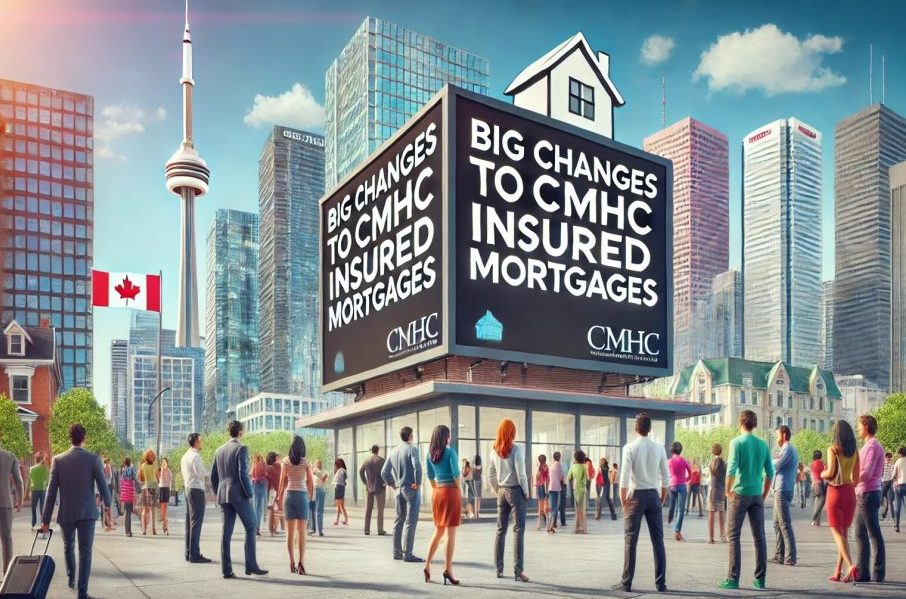

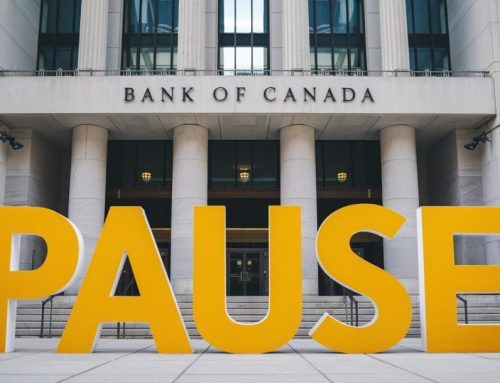
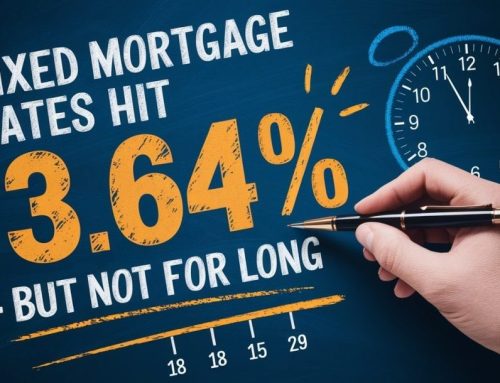
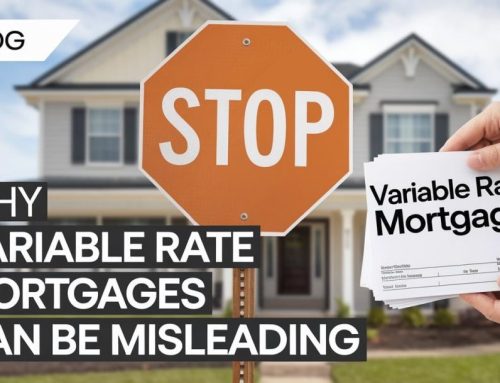
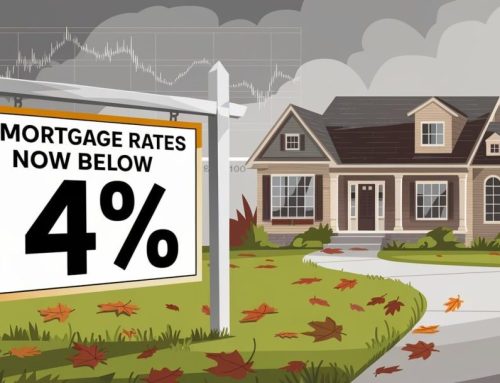
How come i am reading articles the minimum credit score has been changed to 600 yet I am still being told it’s 680?
Great question! Each lender sets their own minimum credit score. This can even vary within the same lender depending on which product you choose or the transaction type. For example, refinances generally require a minimum credit score of 650, yet some lenders may require 680, or even 700. The minimum CMHC will accept on an insured mortgage (purchase with less than 20% down) is 600. Not every lender will accept this, however. Either way, when a score gets down to this point (600), the lender will generally have questions about why the score is so low. Their decision to issue the approval can be dependent on the reasoning. Hope this answers your question. 🙂 Paul